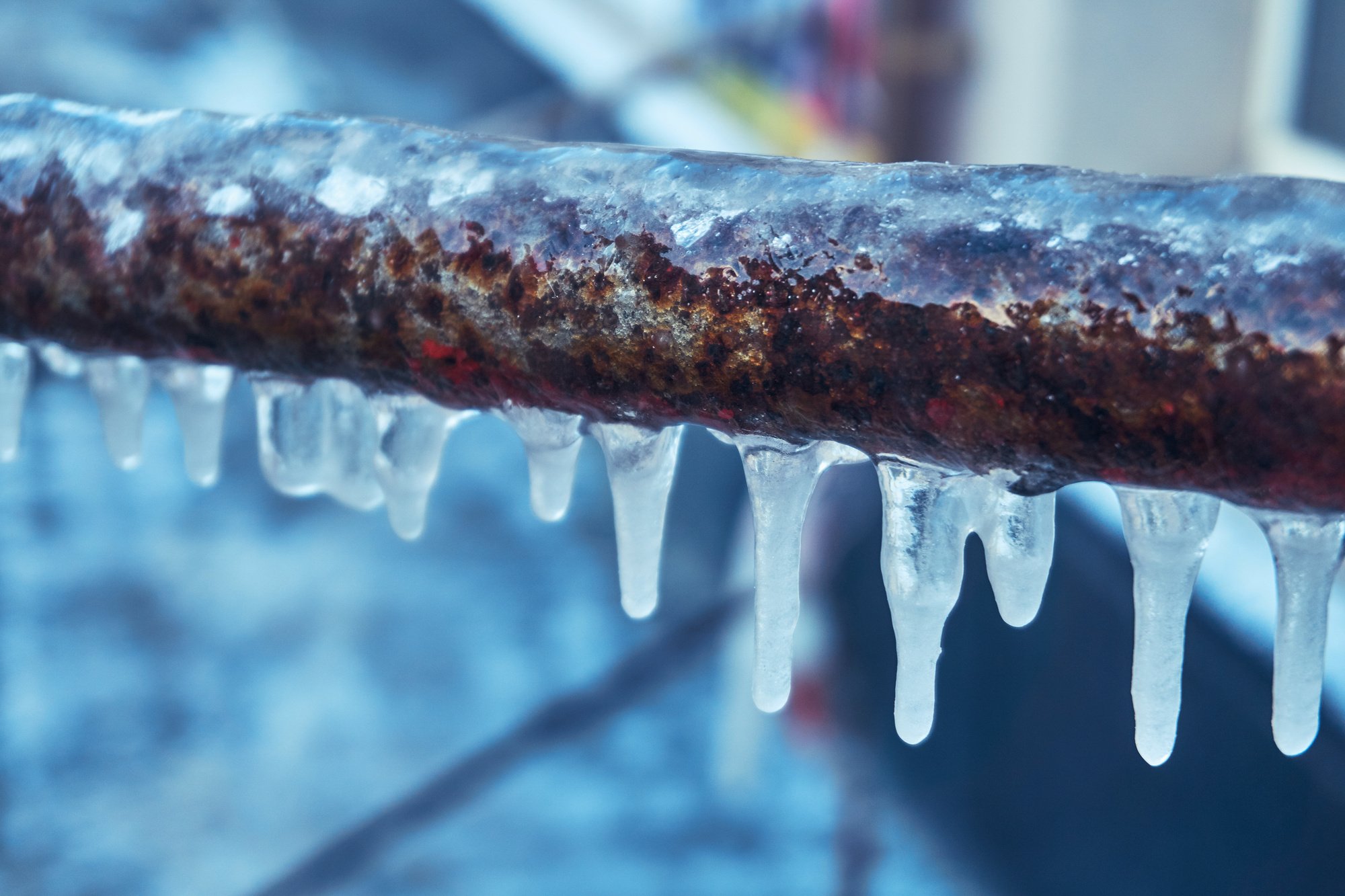Avoiding Frozen Pipes in Cold Weather: Critical Strategies
Avoiding Frozen Pipes in Cold Weather: Critical Strategies
Blog Article
Just how do you really feel on the subject of Helpful Tips to Prevent Frozen Pipes this Winter?
:strip_icc()/snow-outdoor-faucet-pipes-4af65d1e5e904fb1aa7bf74071fe5d89.jpg)
Cold weather can ruin your pipes, particularly by freezing pipes. Here's just how to stop it from occurring and what to do if it does.
Introduction
As temperature levels decline, the risk of icy pipelines rises, potentially resulting in pricey repair work and water damages. Understanding exactly how to avoid icy pipelines is essential for house owners in cool environments.
Understanding Frozen Pipelines
What causes pipelines to freeze?
Pipes ice up when exposed to temperatures below 32 ° F (0 ° C) for expanded periods. As water inside the pipes ices up, it broadens, putting pressure on the pipe walls and possibly triggering them to rupture.
Risks and damages
Icy pipes can result in water supply interruptions, home damages, and costly repair work. Ruptured pipes can flooding homes and trigger extensive structural damages.
Indications of Frozen Piping
Identifying frozen pipes early can prevent them from bursting.
How to determine icy pipes
Seek lowered water flow from faucets, unusual smells or noises from pipes, and noticeable frost on subjected pipes.
Prevention Tips
Shielding vulnerable pipes
Cover pipes in insulation sleeves or make use of heat tape to shield them from freezing temperature levels. Concentrate on pipes in unheated or outside areas of the home.
Heating strategies
Keep indoor spaces sufficiently heated up, especially areas with plumbing. Open up cupboard doors to enable warm air to flow around pipelines under sinks.
Shielding Exterior Pipes
Yard hose pipes and outdoor faucets
Detach and drain yard hoses before winter season. Mount frost-proof spigots or cover exterior taps with insulated caps.
What to Do If Your Pipes Freeze
Immediate actions to take
If you think frozen pipelines, keep faucets open up to soothe stress as the ice melts. Make use of a hairdryer or towels taken in hot water to thaw pipelines gradually.
Long-Term Solutions
Architectural adjustments
Take into consideration rerouting pipes far from outside wall surfaces or unheated locations. Include added insulation to attics, basements, and crawl spaces.
Updating insulation
Invest in top notch insulation for pipes, attic rooms, and wall surfaces. Correct insulation helps preserve regular temperature levels and decreases the threat of frozen pipes.
Conclusion
Protecting against frozen pipes needs aggressive procedures and fast reactions. By recognizing the reasons, signs, and safety nets, property owners can protect their pipes during winter.
5 Ways to Prevent Frozen Pipes
Drain Outdoor Faucets and Disconnect Hoses
First, close the shut-off valve that controls the flow of water in the pipe to your outdoor faucet. Then, head outside to disconnect and drain your hose and open the outdoor faucet to allow the water to completely drain out of the line. Turn off the faucet when done. Finally, head back to the shut-off valve and drain the remaining water inside the pipe into a bucket or container. Additionally, if you have a home irrigation system, you should consider hiring an expert to clear the system of water each year.
Insulate Pipes
One of the best and most cost-effective methods for preventing frozen water pipes is to wrap your pipes with insulation. This is especially important for areas in your home that aren’t exposed to heat, such as an attic. We suggest using foam sleeves, which can typically be found at your local hardware store.
Keep Heat Running at 65
Your pipes are located inside your walls, and the temperature there is much colder than the rest of the house. To prevent your pipes from freezing, The Insurance Information Institute suggests that you keep your home heated to at least 65 degrees, even when traveling. You may want to invest in smart devices that can keep an eye on the temperature in your home while you’re away.
Leave Water Dripping
Moving water — even a small trickle — can prevent ice from forming inside your pipes. When freezing temps are imminent, start a drip of water from all faucets that serve exposed pipes. Leaving a few faucets running will also help relieve pressure inside the pipes and help prevent a rupture if the water inside freezes.
Open Cupboard Doors
Warm your kitchen and bathroom pipes by opening cupboards and vanities. You should also leave your interior doors ajar to help warm air circulate evenly throughout your home.

As a devoted person who reads about Winter Plumbing Precautions: Preventing Frozen Pipes, I think sharing that short article was sensible. Do you know about someone else who is fascinated by Preventing and dealing with frozen pipes? Please feel free to share it. Thank you so much for taking the time to read it.
Request Free Estimate Report this page